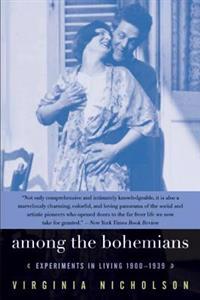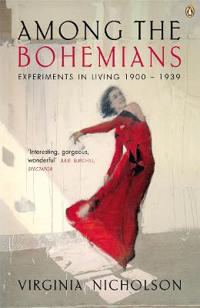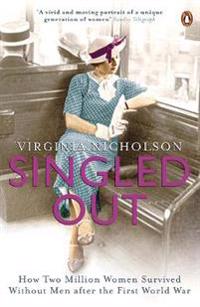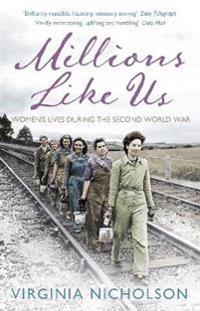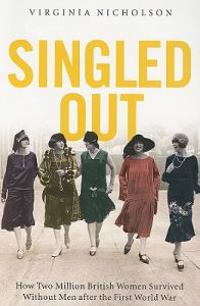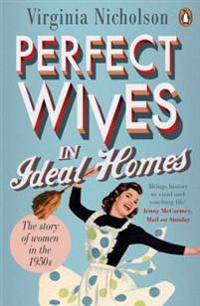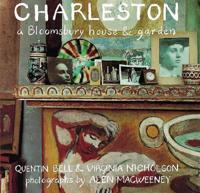Among the Bohemians: Experiments in Living 1900-1939 (Häftad)
avVirginia Nicholson
ISBN: 9780060548469 - UTGIVEN: 200503They ate garlic and didn't always bathe; they listened to Wagner and worshiped Diaghilev; they sent their children to coeducational schools, explored homosexuality and free love, vegetarianism and Post-impressionism. They were often drunk and broke, sometimes hungry, but they were of a rebellious sp[...]
Among the Bohemians (Storpocket)
avVirginia Nicholson
ISBN: 9780140289787 - UTGIVEN: 2003-11Virginia Nicholson's "Among the Bohemians" is a portrait of England's artistic community in the first half of the twentieth century, engaged in a grand experiment. Subversive, eccentric and flamboyant - the Bohemians ate garlic and didn't always wash; they painted and danced and didn't care what peo[...]
Singled Out (Storpocket)
avVirginia Nicholson
ISBN: 9780141020624 - UTGIVEN: 200806Virginia Nicholson's "Singled Out" is the touching and beautifully told story of the women who were left alone after World War I - a remarkable generation of women who were changed by war; and in their turn helped change society. In 1919 a generation of young women discovered that there were, quite [...]
Millions Like Us (Häftad)
avVirginia Nicholson
ISBN: 9780141037899 - UTGIVEN: 201203In "Millions Like Us" Virginia Nicholson tells the story of the women's Second World War, through a host of individual women's experiences. We tend to see the Second World War as a man's war, featuring Spitfire crews and brave deeds on the Normandy beaches. But in conditions of "Total War" millions [...]
Singled Out: How Two Million British Women Survived Without Men After the First World War (Häftad)
avVirginia Nicholson
ISBN: 9780195378221 - UTGIVEN: 2008-10Perfect Wives in Ideal Homes (Inbunden)
avVirginia Nicholson
ISBN: 9780670921317 - UTGIVEN: 2015-03In Perfect Wives in Ideal Homes, Virginia Nicholson tells the story of women in the 1950s: a time before the Pill, when divorce spelled scandal and two-piece swimsuits caused mass alarm. Turn the page back to the mid-twentieth century, and discover a world peopled by women with radiant smiles, clean[...]
Charleston (Häftad)
avQuentin Bell, Virginia Nicholson, Alen MacWeeney
ISBN: 9780711223707 - UTGIVEN: 200405Set in the heart of the Sussex Downs, Charleston Farmhouse is the most important remaining example of Bloomsbury decorative style, created by the painters Vanessa Bell and Duncan Grant. Quentin Bell, the younger son of Clive and Vanessa Bell, and his daughter Virghinia Nicholson, tell the story of t[...]

